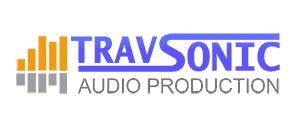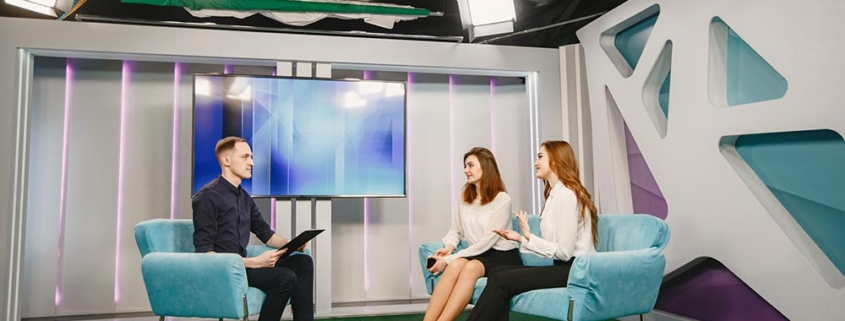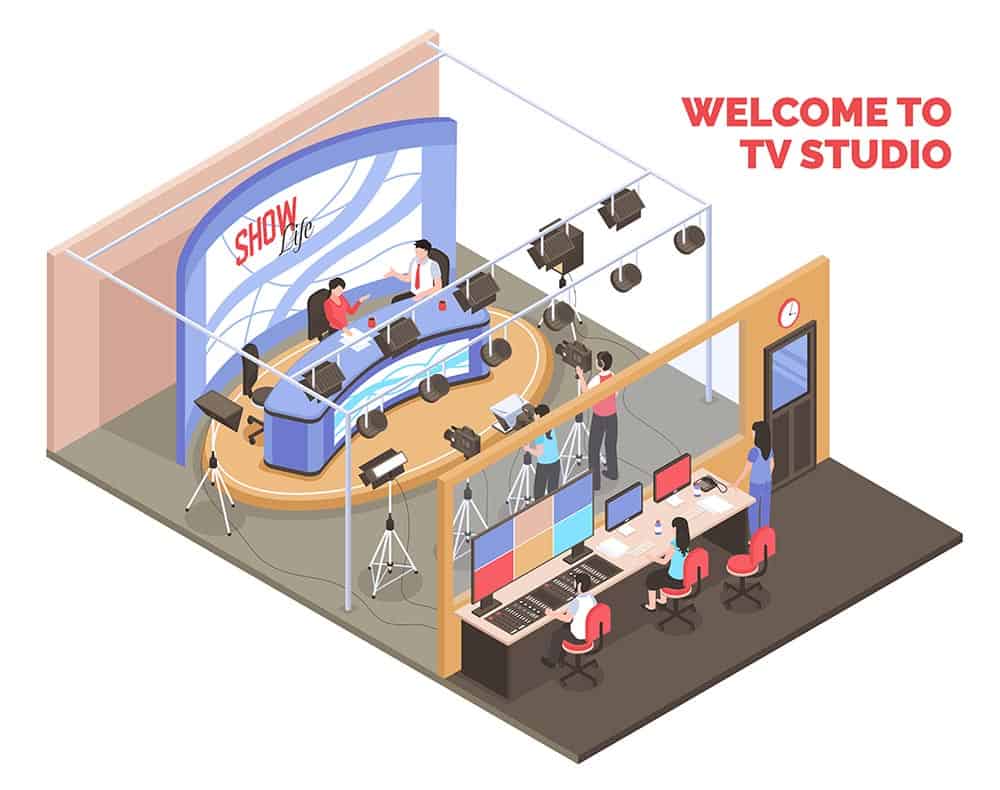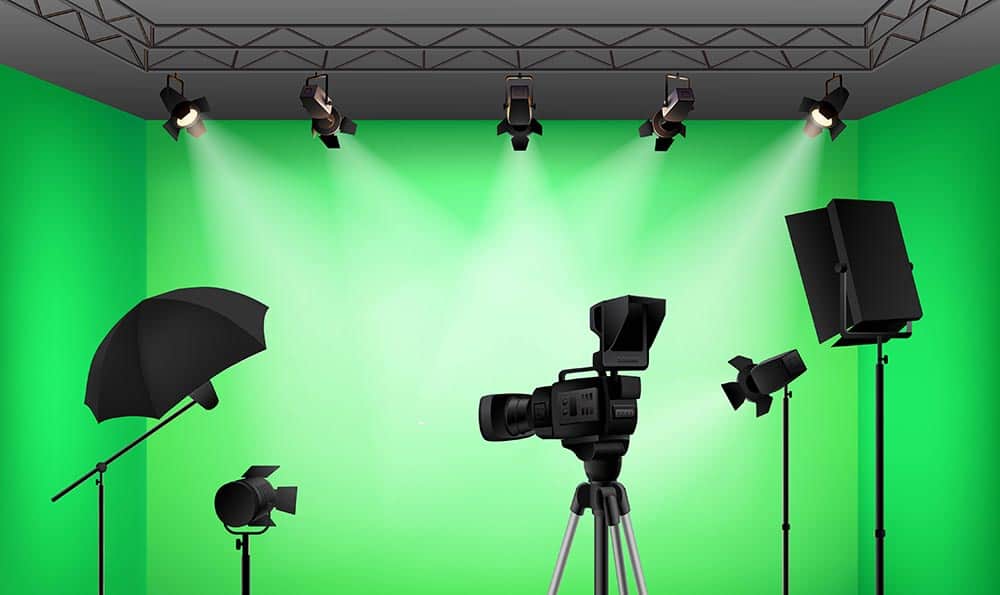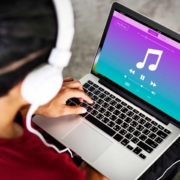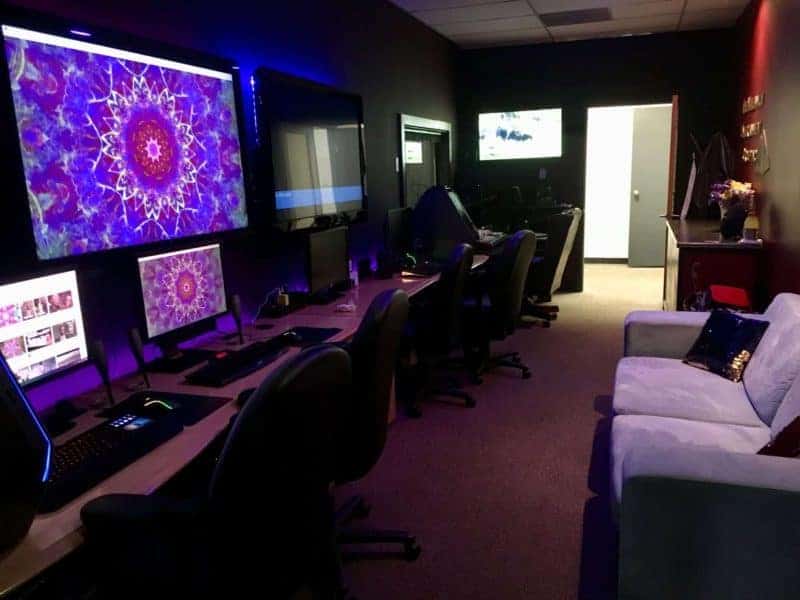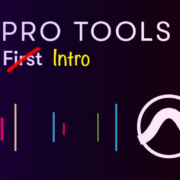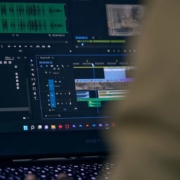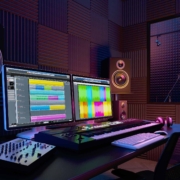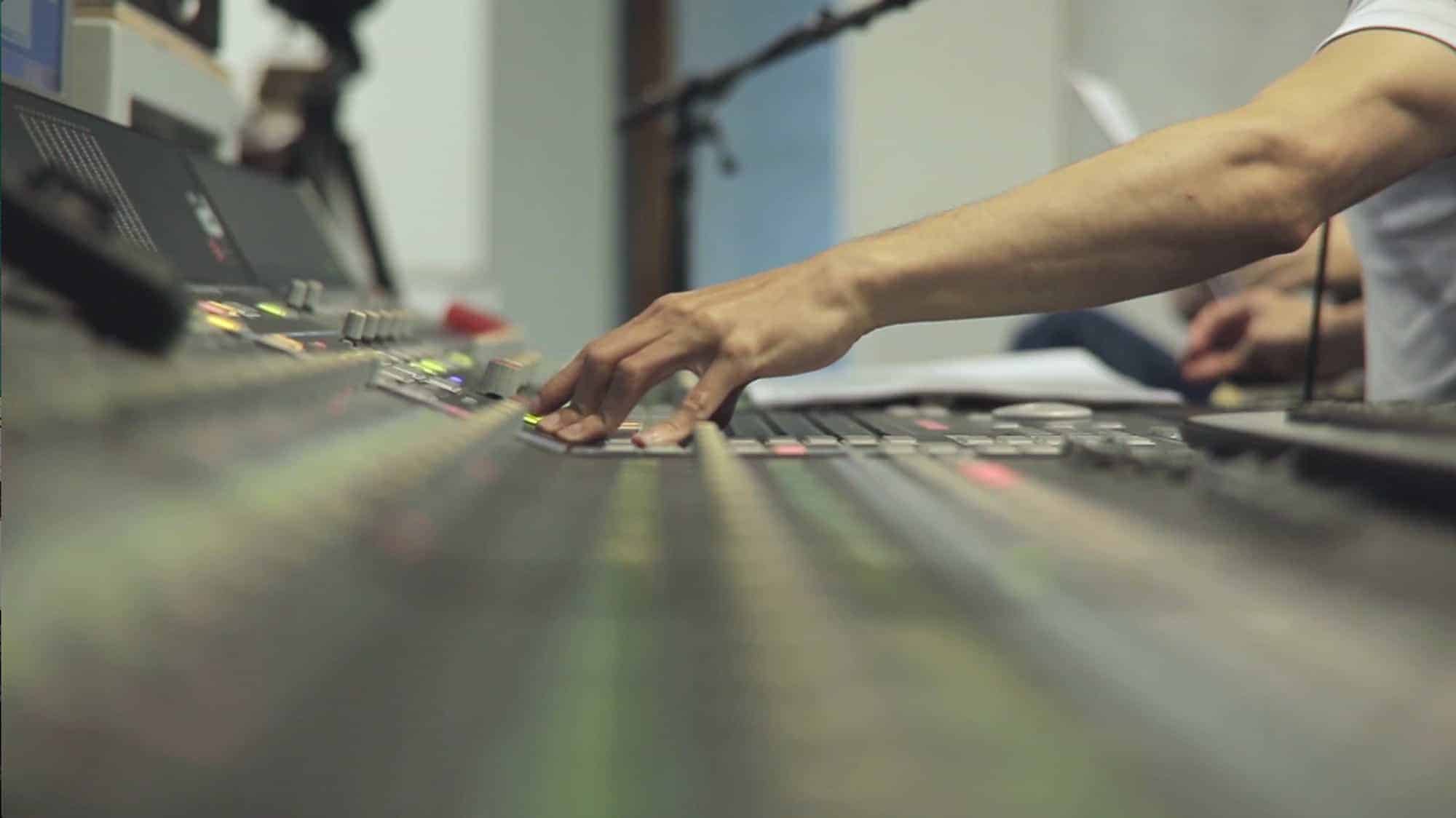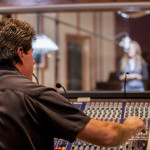What is a Broadcast Studio? The uses and Design
Welcome to the Broadcast Studio
A broadcast studio is a facility with an assortment of audio and video production technologies tailored to the broadcasting of media. The studio may be used to produce live television programs, commercials, talk shows, etc. With these tools, TV producers can ensure that everything that’s recorded is broadcast in the best way possible.
The following list will go into more detail about what a broadcast studio can provide:
- Lighting equipment – necessary for all video and film productions
- Camera equipment – needed to record anything for broadcast
- Mixing consoles – to ensure the quality of the sound
- Stage and sets – an area where producers and actors can work to facilitate production
- Dressing rooms – Rooms for production talent, green room, make-up, or holding needs.
Broadcast studios are one of the most important buildings in TV broadcasting. They are also common in other industries like digital marketing and other areas where there’s a need to produce videos.
These studios are typically equipped with the latest audio and video technology to produce high-quality content that is produced efficiently and at a fast pace. They are usually large spaces that provide a lot of room for equipment, storage, and workstations.
A broadcast studio can come in many shapes and sizes but they all have one thing in common: they are designed to be the hub of the audio-video production facility.
How is a broadcast studio different than a recording studio?
For broadcasting studios, the primary application is getting the sound and picture to the listener in real-time. Recording studios, on the other hand, are concerned with optimally capturing sound for later listening such as music, videos, and interactive applications. So, a recording studio is only audio-based and no video is involved in the production.
Designing Broadcast Studios with the Right Requirements
In today’s media industry, the demand for high-quality media production has never been greater.
Production studios should be designed to meet the organization’s needs and the demands of its clients. The facility should also be flexible enough to accommodate different productions day-to-day. This means the set can change its design, setup, and needs depending on the show and content at any given time.
For example, you may design a set to have a desk with a green screen background. This will allow you to conduct interviews, presentations, and different applications by changing the background set. You can also have decor and props that can be interchanged depending on the shows and content.
Green Screen
A green screen is an environment in video production where the background is replaced by a virtual set. The color green is always used because the human eye perceives it as a transparent color and the color is not widely used every day such as in clothing.
Green screens can be used in a variety of situations such as creating effects, replacing backgrounds, and compositing complex scenes.
By having a green screen in a broadcast studio, the background can be changed in real-time to customize the show and segment. You will also see green screens used for the news where the weatherman is in front of a large screen projecting graphics.
How Should You Choose the Best Type of Studio?
There are many different types of studios, but the best type for you depends on what you are doing. For example, if you are a high-end commercial studio where the clientele is mainly commercial producers and directors, then you will need to design your studio with great detail.
You will need to make sure that your sound stage is designed in such a way that it can meet all of their needs while also maintaining the highest standards of sound quality. Your TV studio layout should be designed so that it is conducive for filming and editing at its best while also having enough space for any extras like green rooms or production offices.
If you’re an indie filmmaker looking to create content on a shoestring budget, you really need an open mind and a healthy dose of creativity. So go ahead and embrace your resourcefulness – it will be the key to unleashing your true artistic potential.
